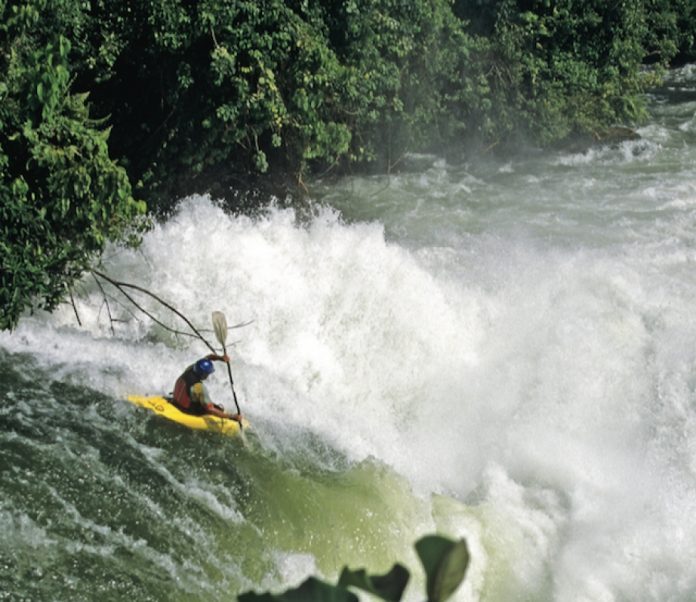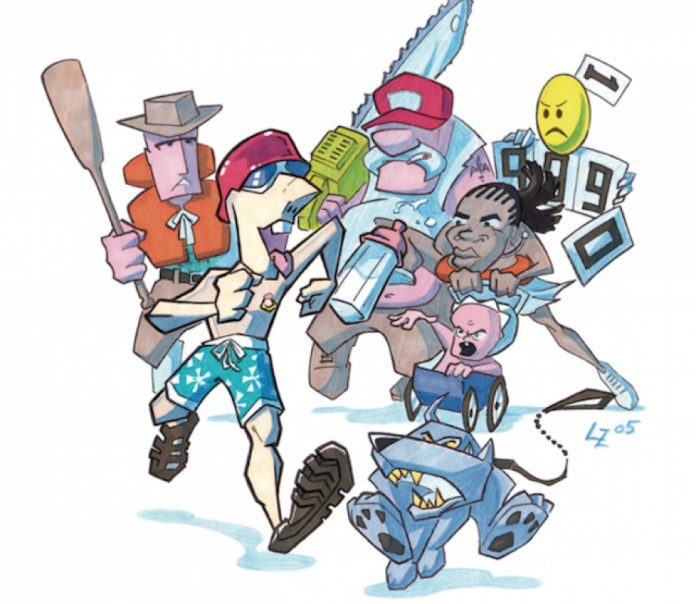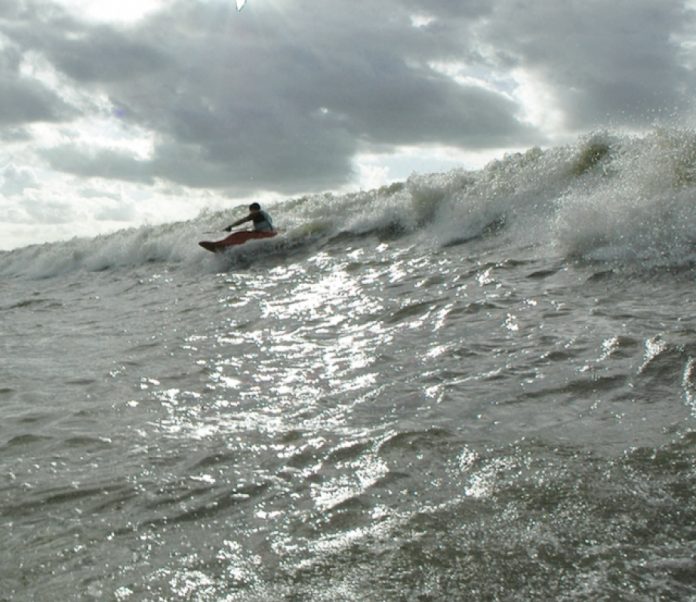The expedition is egalitarian as never before. Once the domain of enduring national heroes and earth shaking discoveries, the expedition has devolved to the personal sphere. Rather than bulwarking a nation’s reputation and capacity on the global stage, the modern expedition galvanizes the reputation and capacity of the individual. Instead of revelations that rock a people, we have discoveries that rock a person.
Anyone with the drive, the strength and the smarts can put an expedition together if they want it badly enough.
For those with a strong sense of adventure, who would like to use their little boat to paddle to those places much less travelled, it is important to know, to consciously understand, what-it-is-you-do, and why. Of all the variations of the sport, the expedition requires the clearest intentionality for a successful journey. Conversely, it has the least margin of tolerance of a failed one.
A kayak expedition may be a trip to a distant locale, an awesome distant bay or cape or beach, it could be the attempt of a very long crossing, or, more commonly, paddling a predetermined length of coastline, perhaps with a vehicle shuttle to put your rig at trip end. But no matter how you slice it, a kayak expedition is as much about a style of adventuring, of paddling and camping, of nuts and bolts, day to day life, as it is about the objective itself. In a word, two words actually, it is about paradigm and imperatives.
Paradigm, in my dictionary, is “an example that serves as a pattern or model for something.” A kayak expedition is a wonderful model for living in sustained adventure in the wild. And what that implies is a refreshingly straightforward set of imperatives. Def, imperative: “absolutely necessary or unavoidable.”
In other words, it is the chop wood/carry water credo of Zen sensibilities, but with an edge. We trade the soft, ill-defined, banal imperatives of routine civilized life for those of travelling in a coastal wilderness. Routine activities revolve Northwest Passage, near Bylot Island around the nourishment and conservation of our well being as we travel. Instead of concern with meetings, relationships, finances, we are concerned with keeping our brown rice dry and safe from marauding animals, our boat right side up and free from holes, our tent from leaking, our hands free of blisters. Instead of reacting to events we try and stay ahead of the curve. Before we launch we make sure everything we might need in our cockpit on the water is at hand, and ashore when the sun is out we string our wet clothes out to dry. Anticipation, preparedness, circumspection are the watch words. A vacation it is not.
On a recent expedition my partner and I reached a protected cove on an offshore island at dusk in stormy weather. Our first imperative was reaching the sanctuary of the cove, done. Next imperative was to establish shelter and secure our equipment. Then, to get warm and dry and vittle up. Finally, to sleep and restore the precious energy and enthusiasm to do it over again.
Purpose, objective, intention, the quickening of our bodies and minds in the face of danger, the readjustment of attitude during times of impatience or prolonged tedium, the accountability of personalities in the stew pot of enforced teamwork, the mental pique of managing logistics and itinerary in remote, roadless waterways.
The nearly tangible relief, satisfaction, contentment or joy of daily events like shelter in a gale, nourishment in extreme hunger and fatigue, safe passage ashore through surf, a dry sleeping bag.
The imperatives we engage on a kayak expedition keep us on our toes, obviating a direct causal relationship with consequence. More than that though, the expedition offers a rare opportunity to experience the sacred paradigm of living by our wits and few resources in a primordial natural environment. And that, when we come home at expedition end, is tonic for the soul.
 This article first appeared in the Spring 2006 issue of Adventure Kayak Magazine. For more great content, subscribe to Adventure Kayak’s print and digital editions here.
This article first appeared in the Spring 2006 issue of Adventure Kayak Magazine. For more great content, subscribe to Adventure Kayak’s print and digital editions here.




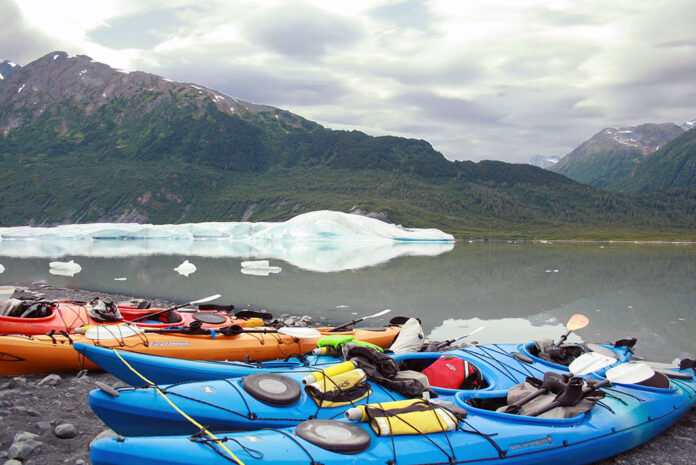
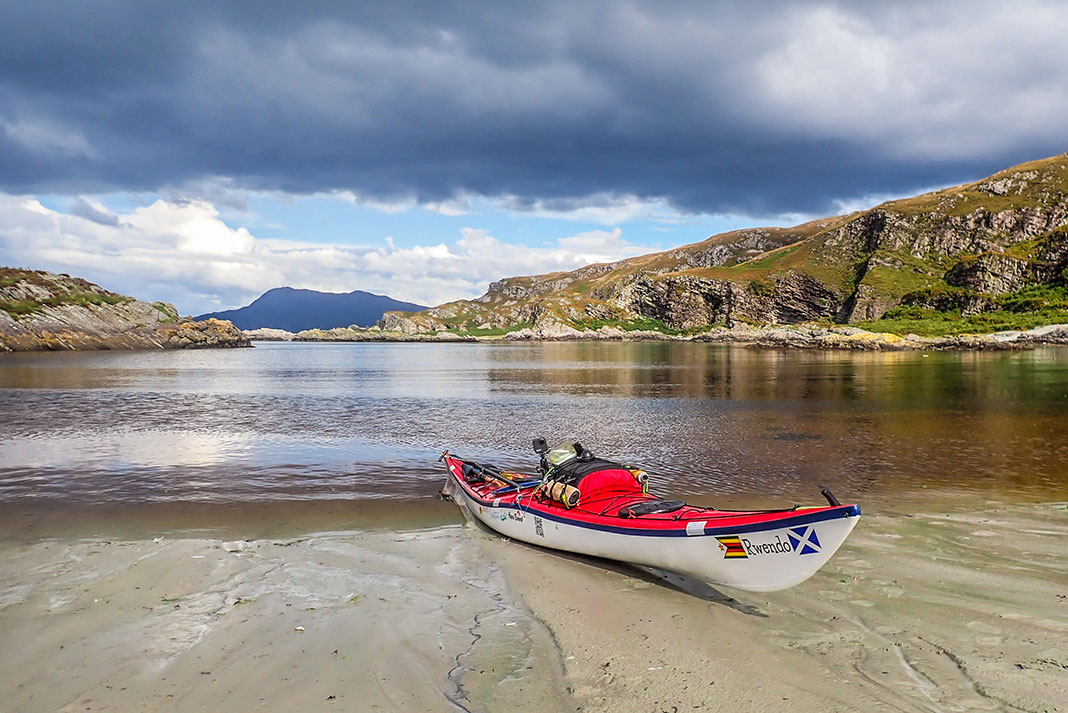
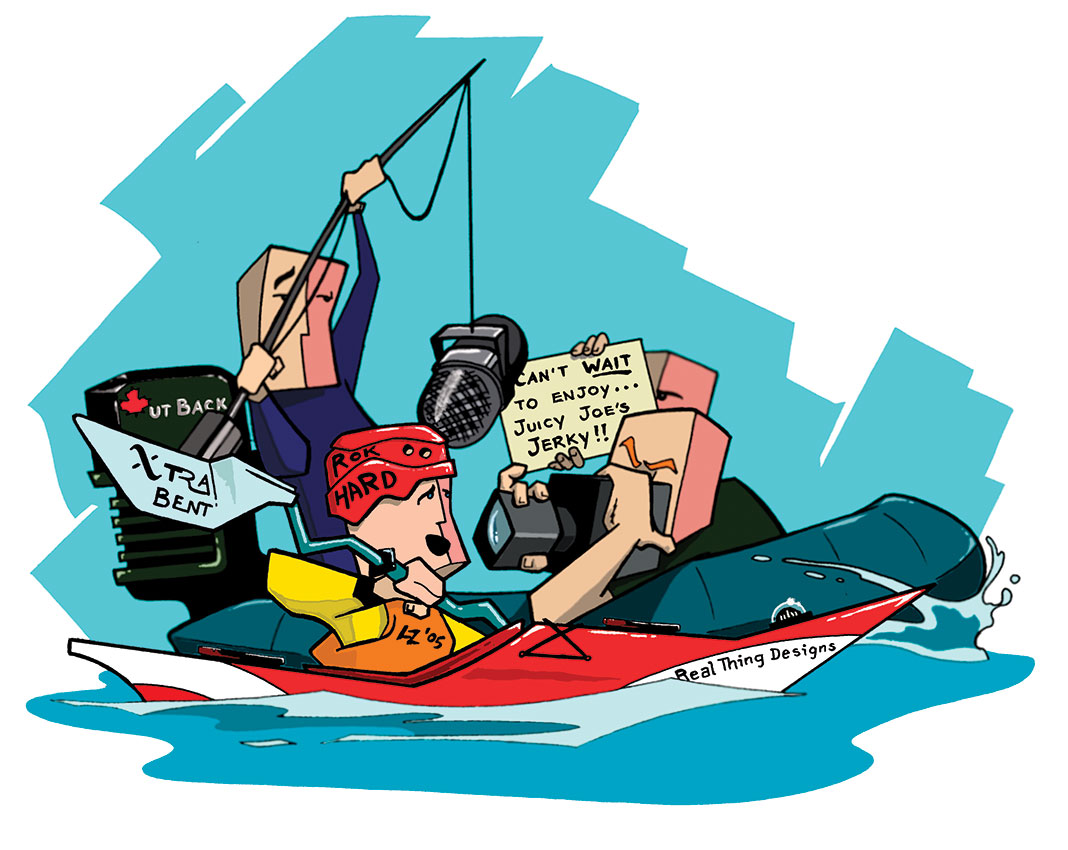
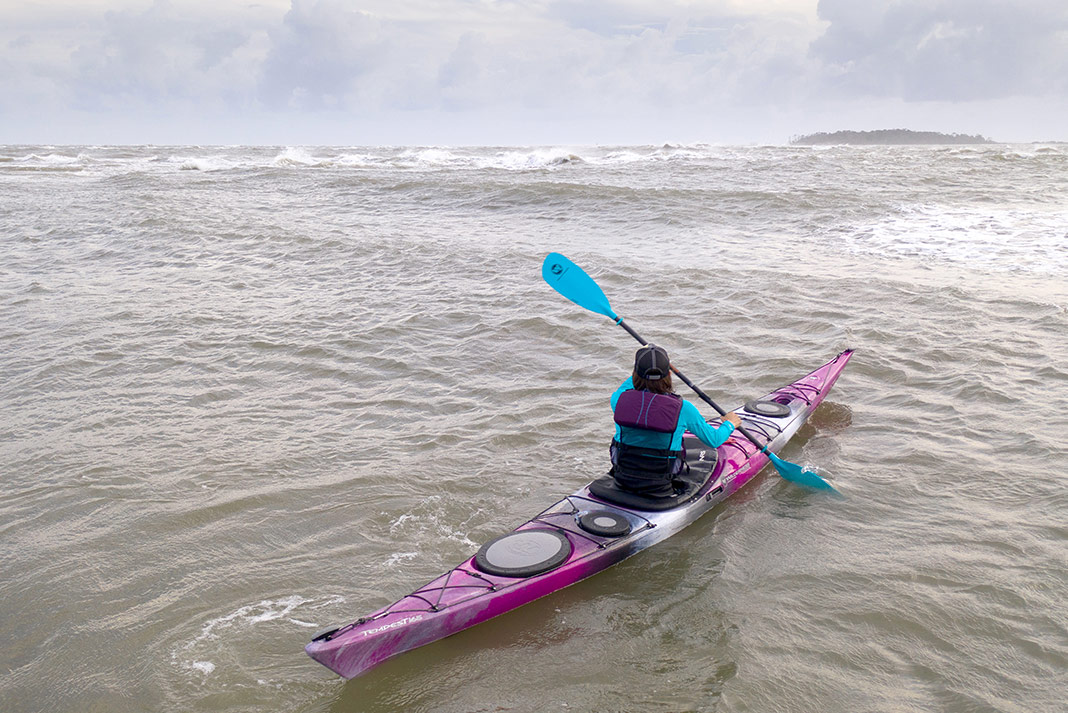
 This article was first published in the Spring 2006 issue of Adventure Kayak Magazine and was republished in the 2023 Paddling Trip Guide.
This article was first published in the Spring 2006 issue of Adventure Kayak Magazine and was republished in the 2023 Paddling Trip Guide. 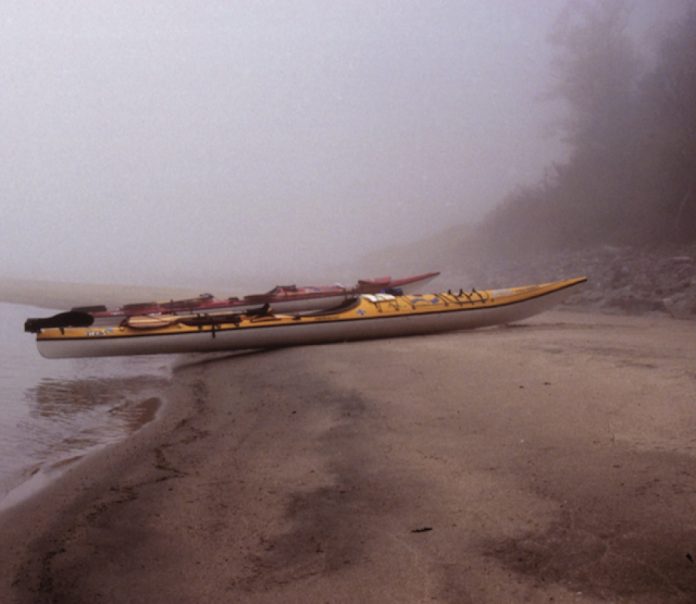
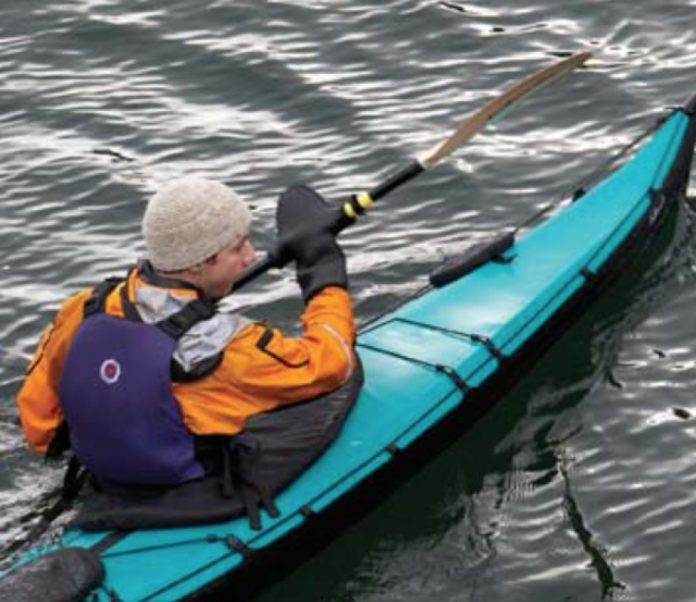
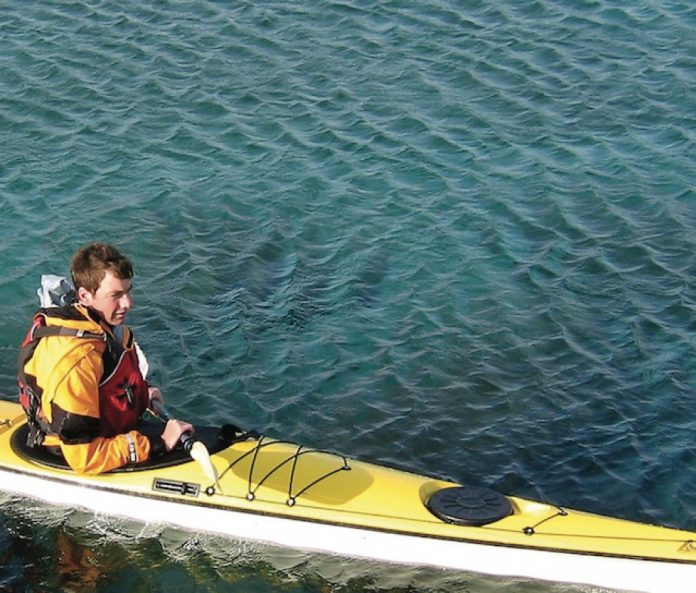
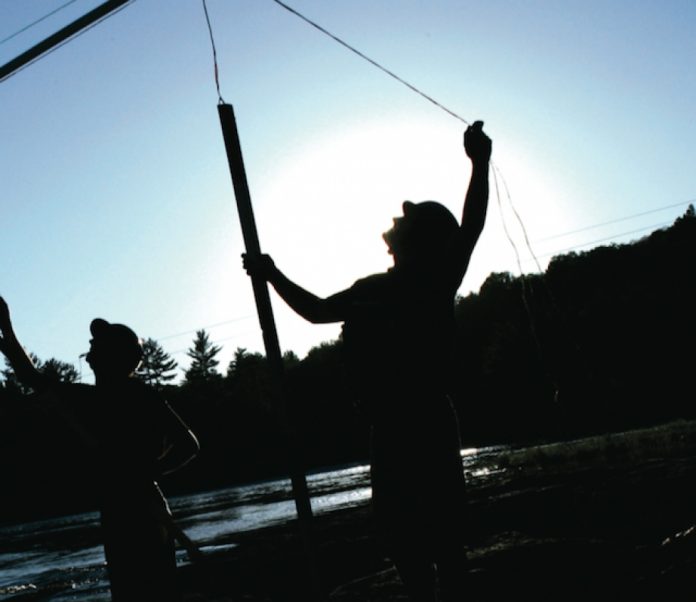
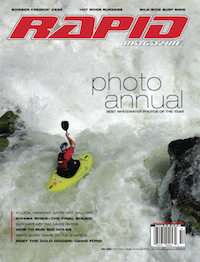 This article first appeared in the Fall 2005 issue of Rapid Magazine. For more great content, subscribe to Rapid’s print and digital editions
This article first appeared in the Fall 2005 issue of Rapid Magazine. For more great content, subscribe to Rapid’s print and digital editions 